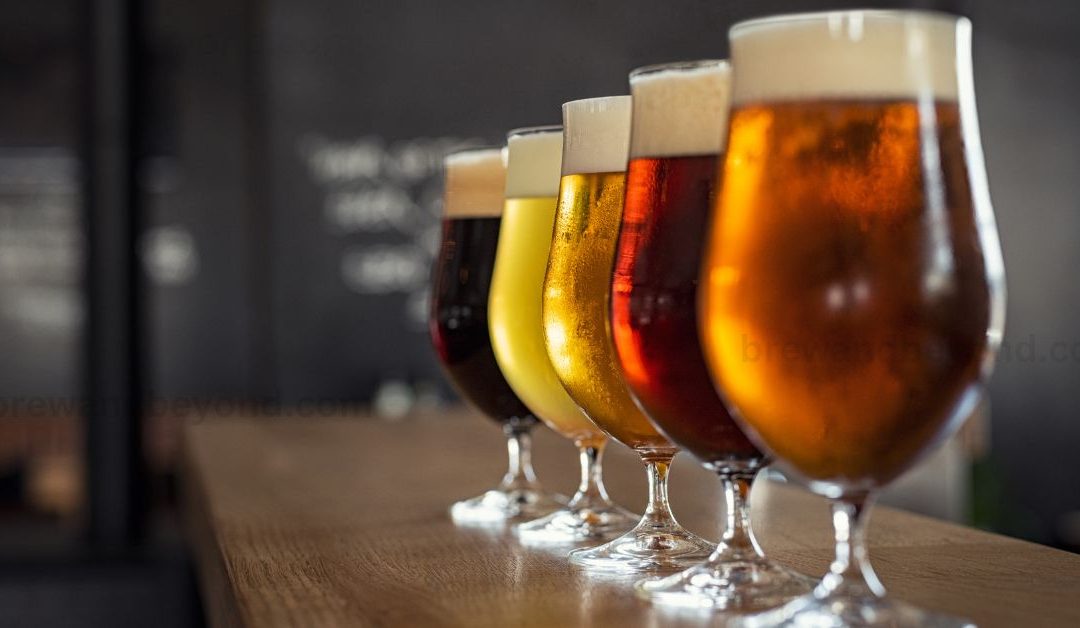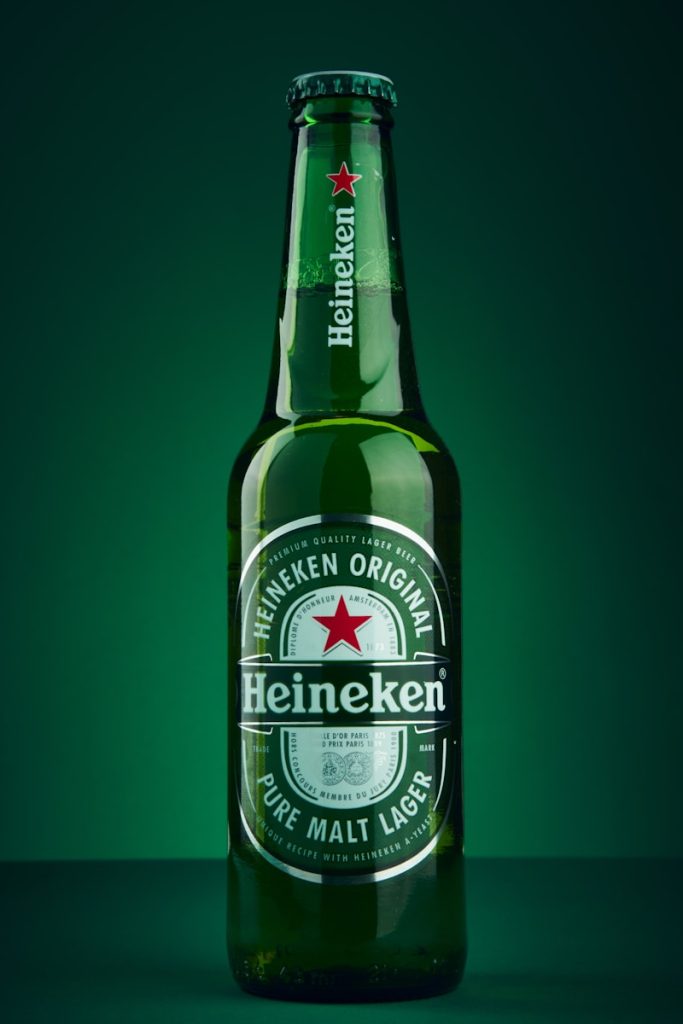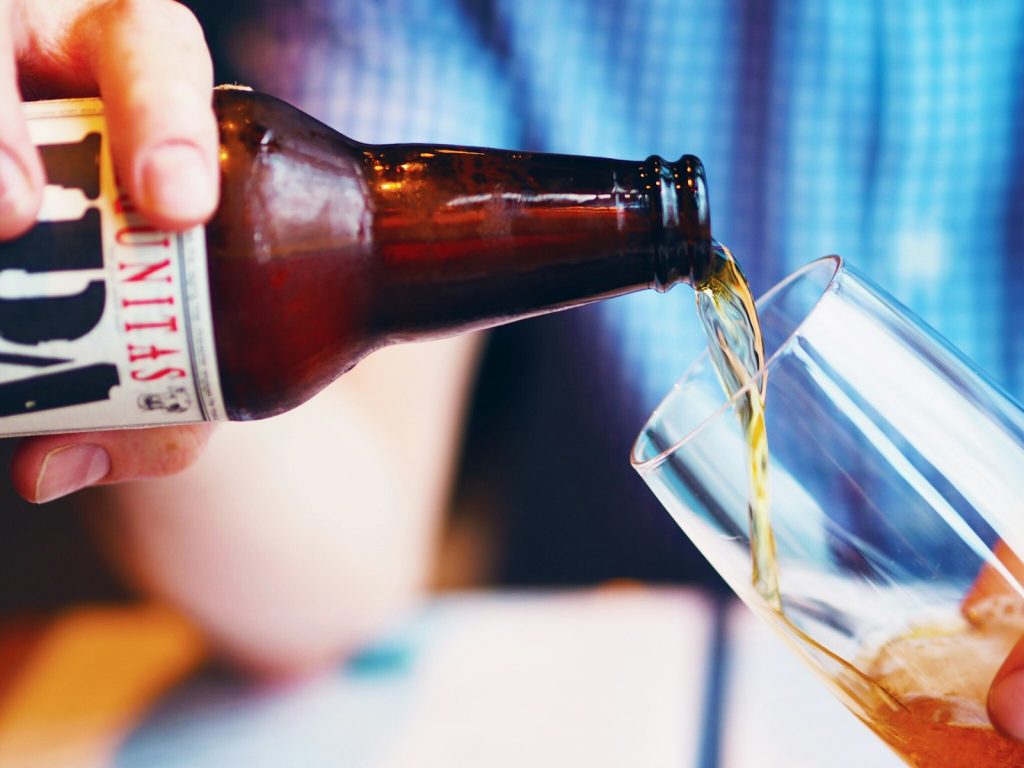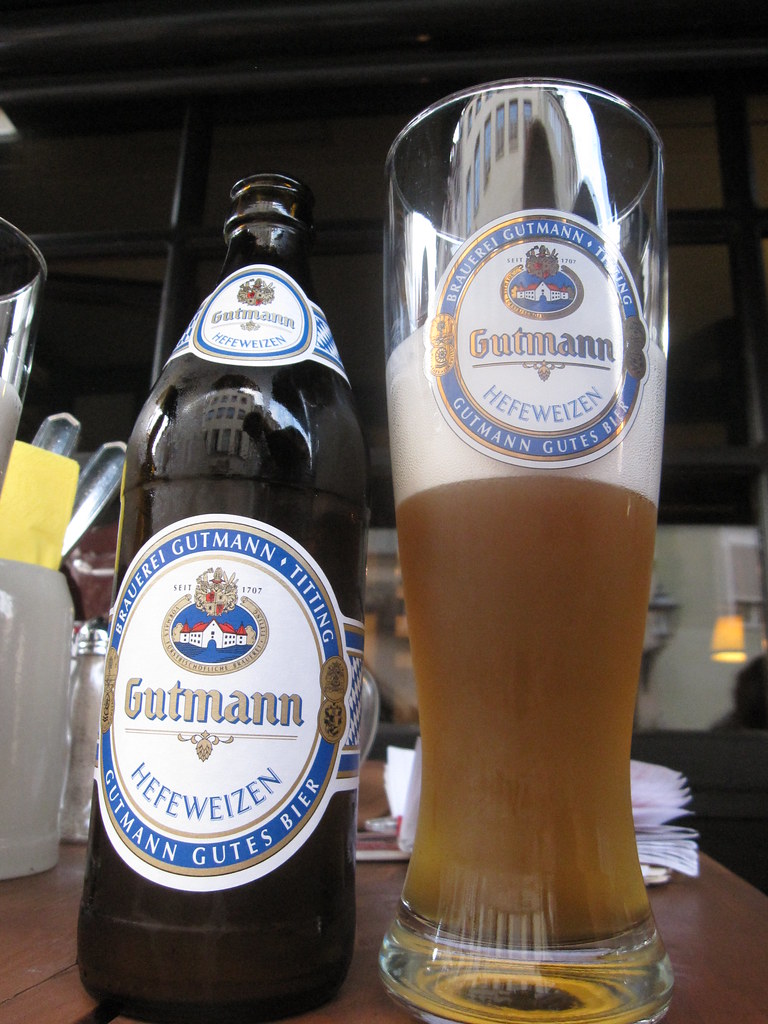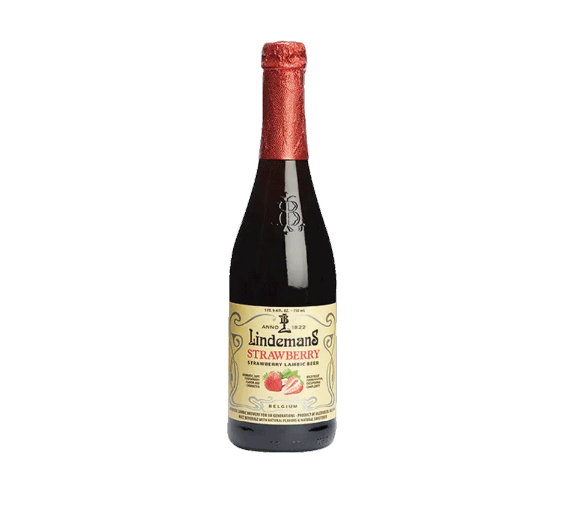Beer, enjoyed by cultures worldwide, offers a diverse array of flavors. From the refreshing lightness of a lager to the rich complexity of a stout, beer styles are numerous and intriguing. This article will explore popular beer styles, highlighting what makes each unique and worth trying.
Discovering a new favorite beer can be as simple as exploring beyond your usual choices. Whether you’re a seasoned enthusiast or a curious newcomer, understanding different styles can deepen your appreciation of this beloved beverage. Let’s explore the world of beer styles and find the perfect match for your palate.
What Are Beer Styles?
At its core, a beer style is a categorization based on various factors such as ingredients, brewing methods, and flavor profiles. Beer styles are essential for brewers to maintain consistency and for consumers to have a clearer idea of what to expect from their beer. Understanding the broad categories and specific styles can greatly enrich your beer-drinking experience.
Beer styles can be broadly divided into two main categories: ales and lagers. Ales are typically fermented at warmer temperatures and have a wide range of flavors, from fruity to spicy. Lagers, on the other hand, are fermented at cooler temperatures, resulting in a cleaner, crisper taste. This fundamental difference in fermentation is just the beginning of what distinguishes one beer style from another.
Each style has its own history and cultural significance. For example, pilsners originated in the Czech Republic and are known for their light, crisp, and refreshing characteristics. Similarly, the India Pale Ale (IPA) was developed in England and is celebrated for its strong hop bitterness and complex aromas. By exploring different beer styles, you can embark on a journey through history and tasting traditions from around the world.
For a deeper understanding of different styles, check out the BJCP Style Guidelines which provide an in-depth look at various popular beers.
Why You Should Explore Different Beer Styles
Exploring different beer styles is not just about tasting a variety of flavors; it’s about expanding your culinary horizons and discovering new dimensions of taste. Each style brings a unique set of characteristics that can complement a wide range of foods, enhance social gatherings, and offer a deeper appreciation for the art of brewing.
Trying new beer styles can lead to delightful surprises and unexpected favorites. For instance, you might find that the fruity, spicy notes of a saison perfectly complement your favorite cheese, or that the rich, chocolatey flavors of a stout add a new layer of enjoyment to your dessert. By experimenting with different styles, you can unlock new flavor combinations and elevate your dining experiences.
Moreover, each beer style carries with it a piece of cultural heritage. Whether it’s the traditional brewing methods of a Belgian Trappist ale or the innovative flavors of an American craft beer, each style tells a story of its origin. By exploring these stories, you not only enhance your knowledge of beer but also gain a greater appreciation for the diverse cultures that contribute to the world of brewing.
Popular Beer Styles
When delving into the world of beer, it’s like embarking on a flavorful expedition across a diverse landscape. The variety of beer styles offers something for every palate, from the light and refreshing to the dark and robust. Here, we explore some of the most popular beer styles and uncover why they deserve a place on your beer bucket list.
Lager
Lagers are perhaps the most universally recognized beer style. They are typically fermented and conditioned at low temperatures, which results in a clean and crisp taste. Their lightness makes them an ideal starting point for those new to beer.
- American Lager: American lagers are light, crisp, and highly carbonated, often enjoyed for their refreshing qualities. This style is characterized by its pale color and subtle flavors, making it perfect for casual drinking. Whether you’re at a backyard barbecue or watching a game, an American lager is a go-to choice for easy refreshment.
Why you should try it: It is perfect for hot weather and pairs well with a variety of foods. - Pilsner: Pilsners, a type of lager originating from the Czech Republic, are known for their light golden color and a delicate balance between malt sweetness and hop bitterness. The floral and spicy notes from the hops make pilsners stand out among other lagers.
Why you should try it: It offers a refreshing taste with a hint of spiciness from the hops. - Dunkel: Dunkel, meaning “dark” in German, is a rich, malty lager with a smooth mouthfeel. Its flavors range from caramel to chocolate, making it a delightful option for those who appreciate darker beers without the heaviness of a stout.
Why you should try it: Ideal for those who enjoy richer, more robust flavors. - Bock: Bock is a strong, malty German lager that traditionally comes in several variations, from the lighter Maibock to the darker Doppelbock. It’s known for its full-bodied flavor and higher alcohol content, perfect for sipping on a cold night.
Why you should try it: Great for colder months, and pairs well with hearty foods.
Ale
Ales encompass a wide range of beer styles, each offering a unique taste experience. They are generally brewed with top-fermenting yeast, which works at warmer temperatures, resulting in a faster fermentation process and a rich array of flavors.
- Pale Ale: Pale ales are a versatile and highly approachable beer style. They typically have a balanced malt and hop profile, with subtle fruitiness that makes them a favorite among many beer enthusiasts. The flavors range from light and refreshing to complex and robust, depending on the specific type of pale ale.
Why you should try it: A versatile style that complements many foods. - India Pale Ale (IPA): IPAs are celebrated for their strong hop bitterness, which imparts distinctive floral, citrus, and pine flavors. Originating in England, IPAs have evolved into numerous sub-styles, with American IPAs known for their bold flavors and high alcohol content. The balance between the malt sweetness and hop bitterness creates a complex and satisfying taste.
Why you should try it: Perfect for those who enjoy bold and complex tastes, explore more about the evolution of IPA styles to find one that suits your palate. - Amber Ale: Amber ales are characterized by their caramel malt profile, which gives them a toasty, slightly sweet flavor. They strike a perfect balance between malt and hops, making them a crowd-pleaser among different types of beer drinkers.
Why you should try it: It Offers a good balance between malt sweetness and hop bitterness. - Brown Ale: Brown ales offer a nutty, caramelized flavor with a smooth finish. They range from the lighter English-style brown ales to the more robust American versions. This style is perfect for those who appreciate the depth of malt-forward beers.
Why you should try it: Ideal for those looking for a smooth, malt-forward beer.
Stout and Porter
Stouts and porters are dark ales known for their rich, roasted flavors. These styles have a storied history and offer a range of tastes from dry and bitter to sweet and creamy.
- Dry Stout: Dry stouts are known for their dark color and robust, roasted flavor. They typically have a dry finish and a slightly bitter taste, often with notes of coffee and chocolate. The most famous example is Guinness, which is known for its creamy mouthfeel and smooth texture.
Why you should try it: A quintessential style for lovers of dark, rich flavors. - Imperial Stout: Imperial stouts, also known as Russian imperial stouts, are bold and intense, with a high alcohol content and flavors that range from dark chocolate to dried fruit. These stouts are often aged in barrels to add layers of complexity and depth.
Why you should try it: Perfect for sipping and enjoying complex flavor layers. It is great to drink on a cold winter’s night. - Milk Stout: Milk stouts, also known as sweet stouts, incorporate lactose, a sugar derived from milk, to add sweetness and a creamy texture. This style is less bitter than traditional stouts and often features flavors reminiscent of desserts, such as chocolate and caramel.
Why you should try it: Excellent for those who enjoy dessert-like beers. - Porter: Porters are similar to stouts but generally lighter and more versatile. They offer a range of flavors from coffee to chocolate, with a smooth, easy-drinking quality. This style is perfect for those who enjoy the roasted character of stouts but prefer a lighter body.
Why you should try it: Offers a balanced dark beer experience with a lighter body.
Wheat Beers
Wheat beers are made with a significant proportion of wheat, which gives them a light and refreshing quality. They are often hazy in appearance and can range from slightly sweet to tart and spicy.
- Hefeweizen: Hefeweizen, a traditional German wheat beer, is known for its cloudy appearance and refreshing taste. The high content of wheat malt gives it a distinct grainy and slightly sweet flavor, with notable hints of banana and clove from the yeast.
Why you should try it: Refreshing and great for warm weather. - Witbier: Witbier, also known as white beer, is a Belgian wheat beer that is often spiced with ingredients like coriander and orange peel. It has a light, citrusy flavor with a smooth, creamy mouthfeel, making it a perfect choice for those hot summer days.
Why you should try it: A refreshing and slightly tart option. - American Wheat: American wheat beers are similar to Hefeweizens but tend to have a clearer appearance and a more hop-forward flavor. They are versatile and can be brewed with various fruits or spices to add an extra layer of complexity.
Why you should try it: Ideal for those looking for a mild, versatile beer. Throw in an orange slice for an extra burst of flavor.
Sour Beers
Sour beers are crafted with wild yeast strains and bacteria that give them a distinctive tartness. They offer a wide range of flavors from fruity to funky, making them a unique category in the beer world.
- Berliner Weisse: Berliner Weisse is a low-alcohol, pale, and cloudy beer with a sharp, tangy taste. It is often served with a shot of flavored syrup to balance its tartness, making it a refreshing and flavorful choice for hot weather.
Why you should try it: A refreshing and low-alcohol option for summer. - Gose: Gose is a slightly salty and sour beer brewed with coriander. It has a unique flavor profile that sets it apart from other beers, with a balance of tartness and savory notes that make it a delightful choice for those looking for something different.
Why you should try it: Unique flavor profile perfect for adventurous drinkers. - Lambic: Lambic beers are spontaneously fermented and often aged for extended periods. They are known for their complex, funky flavors and are sometimes blended with fruit to create a variety of styles, such as Kriek (cherry) or Framboise (raspberry).
Why you should try it: A complex and traditional Belgian style worth exploring.
Benefits of Trying New Beer Styles
Exploring the vast world of beer styles goes beyond merely expanding your taste palette; it’s a journey into cultural, historical, and sensory experiences that can transform your appreciation for this ancient beverage.
Discover unique flavors and brewing techniques from around the world, like the spicy notes of a Belgian Saison or the smoky character of a German Rauchbier. Each style offers a distinct experience, perfect for pairing with various cuisines to enhance your dining experience.
Another significant benefit is the educational aspect. Learning about the origins and brewing methods of different beers can deepen your understanding and appreciation of the craft. For instance, understanding the historical significance of the IPA, which was originally brewed with extra hops to preserve it during long sea voyages, adds a layer of context that enriches your tasting experience. You’ll find that each style tells a story, reflecting the culture and creativity of its creators.
Trying new beer styles also fosters social connections. Sharing and discussing a variety of beers with friends can create memorable experiences and build a sense of community.
Frequently Asked Questions (FAQs)
When it comes to exploring beer styles, you might have some questions. Here are a few common queries answered to help you navigate your beer journey.
What is the difference between a lager and an ale?
The primary difference lies in the yeast and fermentation process. Ales are brewed with top-fermenting yeast at warmer temperatures, resulting in a faster fermentation that typically produces a more complex, fruity flavor profile. Lagers, on the other hand, use bottom-fermenting yeast and are fermented at cooler temperatures, leading to a cleaner, crisper taste.
Why do some beers taste bitter?
The bitterness in beer primarily comes from hops, which are flowers used in brewing to add flavor, aroma, and preservative qualities. The level of bitterness varies significantly among different styles, with IPAs often being the most bitter due to their high hop content. Bitterness is measured in International Bitterness Units (IBUs), with higher numbers indicating more bitterness.
How should different beer styles be served?
Each beer style has an optimal serving temperature and type of glassware that enhances its flavors and aromas. For example, lagers are best served cold in a pilsner glass to maintain their crispness, while stouts benefit from being served slightly warmer in a tulip glass to allow their rich aromas to develop.
What food pairs best with each beer style?
Pairing beer with food can elevate your dining experience. Light beers like pilsners pair well with seafood and salads, while darker beers like stouts complement hearty dishes like stews and roasted meats. Experimenting with pairings can be a fun way to discover new flavors and enhance both the food and the beer.
Are there any beer styles that are gluten-free?
Yes, there are several gluten-free beers available that use alternative grains such as sorghum, rice, or millet instead of barley or wheat. These beers cater to those with gluten sensitivities and offer a variety of flavors and styles comparable to traditional beers.
Conclusion
Exploring beer styles goes beyond tasting new flavors; it’s an immersive journey into history, culture, and craftsmanship. From the crispness of a pilsner to the complexity of an imperial stout, there’s a beer for every palate. Appreciating these styles enhances your connection to brewing traditions spanning centuries and continents.
Whether new to beer or a seasoned fan, trying different styles can reveal surprising delights. A tangy Berliner Weisse might perfect a sunny afternoon, while a robust porter adds depth to a meal. Keep an open mind and explore the vast beer options available.
The world of beer is vast and varied, offering endless opportunities for discovery. Next time you’re at a bar or in the beer aisle, try something new—you might find your new favorite.
© 2024 by brewandbeyond.com. All rights reserved. No part of this document may be reproduced or transmitted in any form or by any means, electronic, mechanical, photocopying, recording, or otherwise, without prior written permission of brewandbeyond.com.

